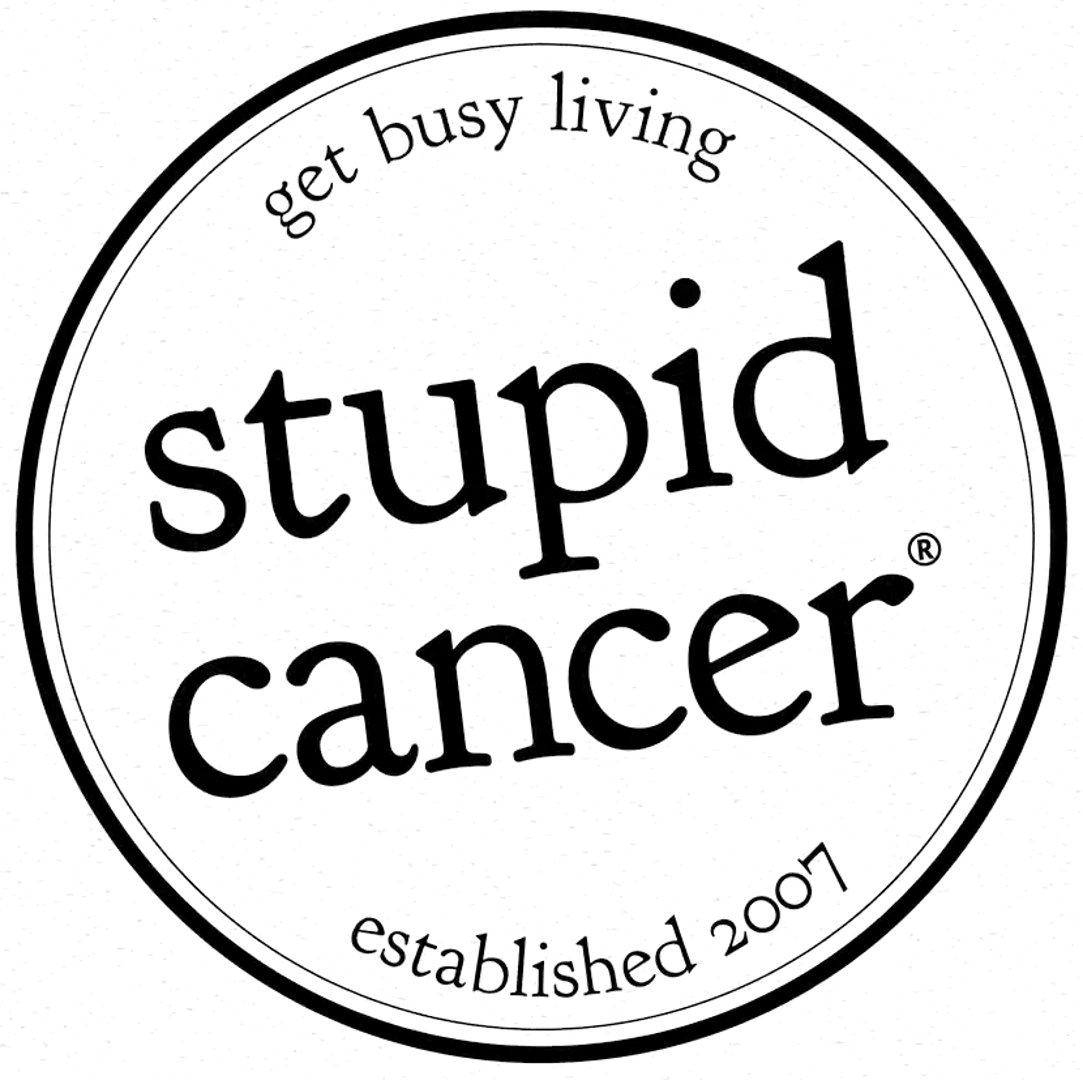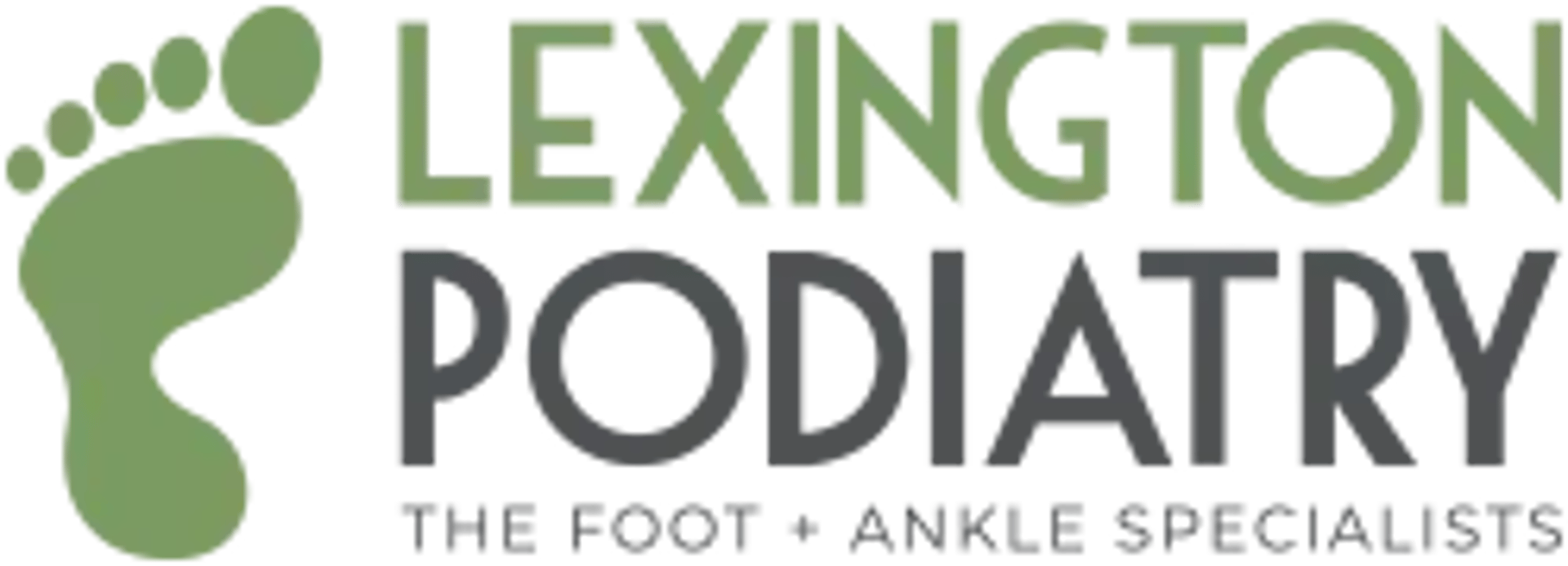Klips Case Studies
Real World Success Stories
Learn how Klips empowers businesses like yours to make data-driven decisions.

Food Services and Restaurants
Karma
Real-time Performance Visibility

Marketing Agencies
The Bakery
Efficient, Automated Growth

Marketing Agencies
Nakoa Digital
Improved Margins

Accounting
Summit CPA
Streamlined Reporting

Food Services and Restaurants
A&W Restaurants
Email Marketing Efficiency

Travel & Tourism
Flight Network
Operational Efficiency

Hospitals & Health Clinics
Stupid Cancer
Unified Reporting

SaaS
Jobber
Real-Time Performance Visibility

Software
VuPulse
Real-Time Reporting

SaaS
Wicket
Business Reporting

Hospitals & Health Clinics
Lexington Podiatry
Patient Experience Optimization

MSPs and IT Consultancies
MagneticOne
Multi-Company Dashboard Centralization

Hospitals & Health Clinics
Think Biosolution
Streamlined Medical & Investor Reporting

SaaS
Comet Backup
Real-time Performance Visibility

SaaS
netguru
Data Transparency

Consulting
Omnia
Driving Client Success

Apparel and Fashion
Laundry Jeans
Business Reporting

SaaS
Clarity Wave
Improving Employee Engagement

Management Consultants
Livedata.Mobi
Client Dashboards

Office Supplies
Premier Stationery
Real-time supply chain information